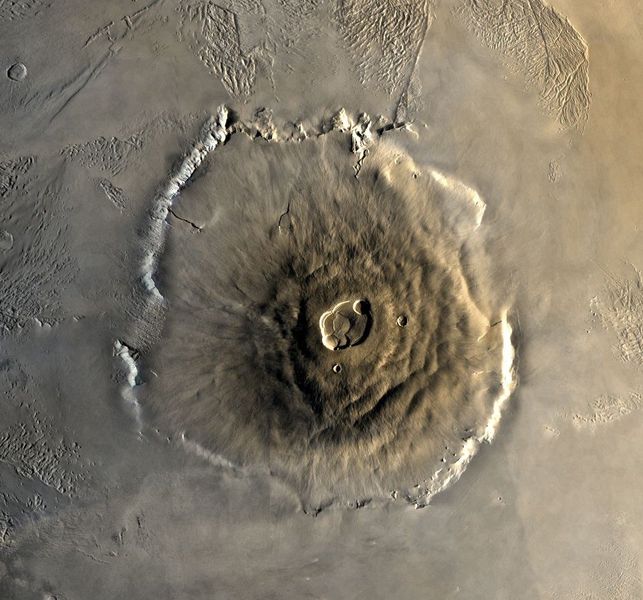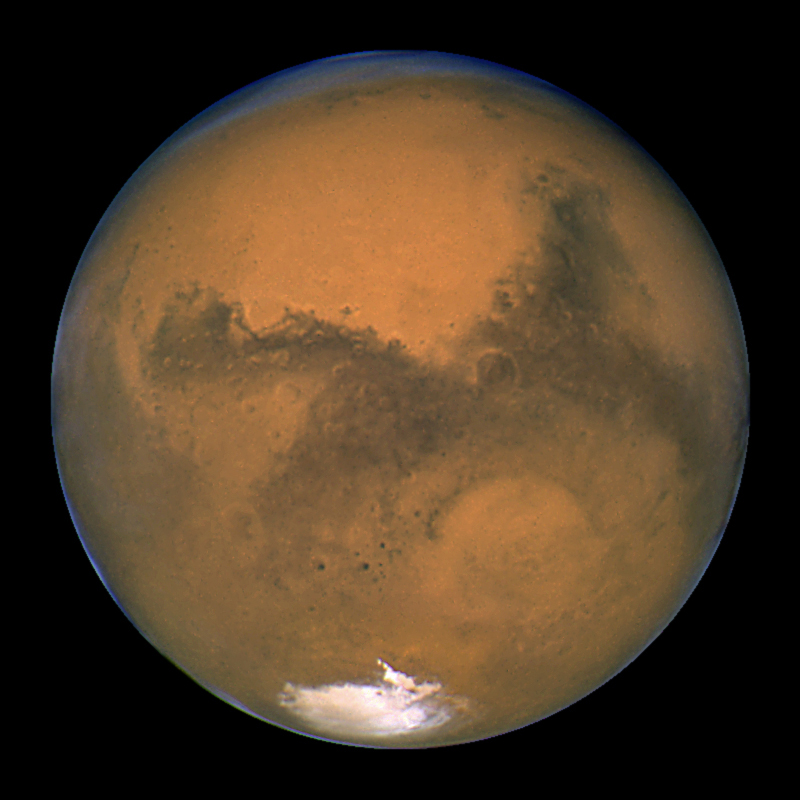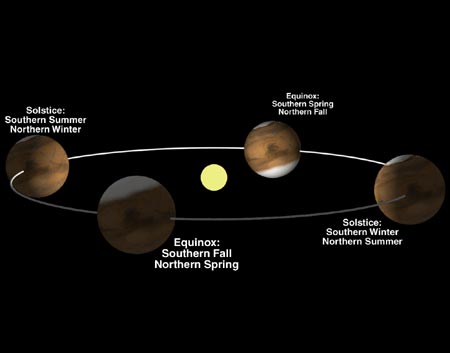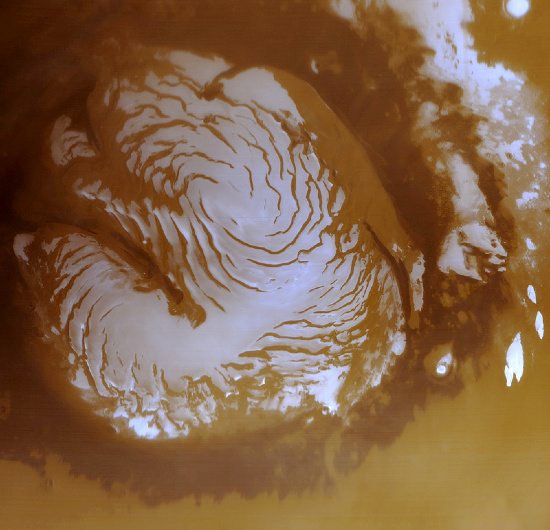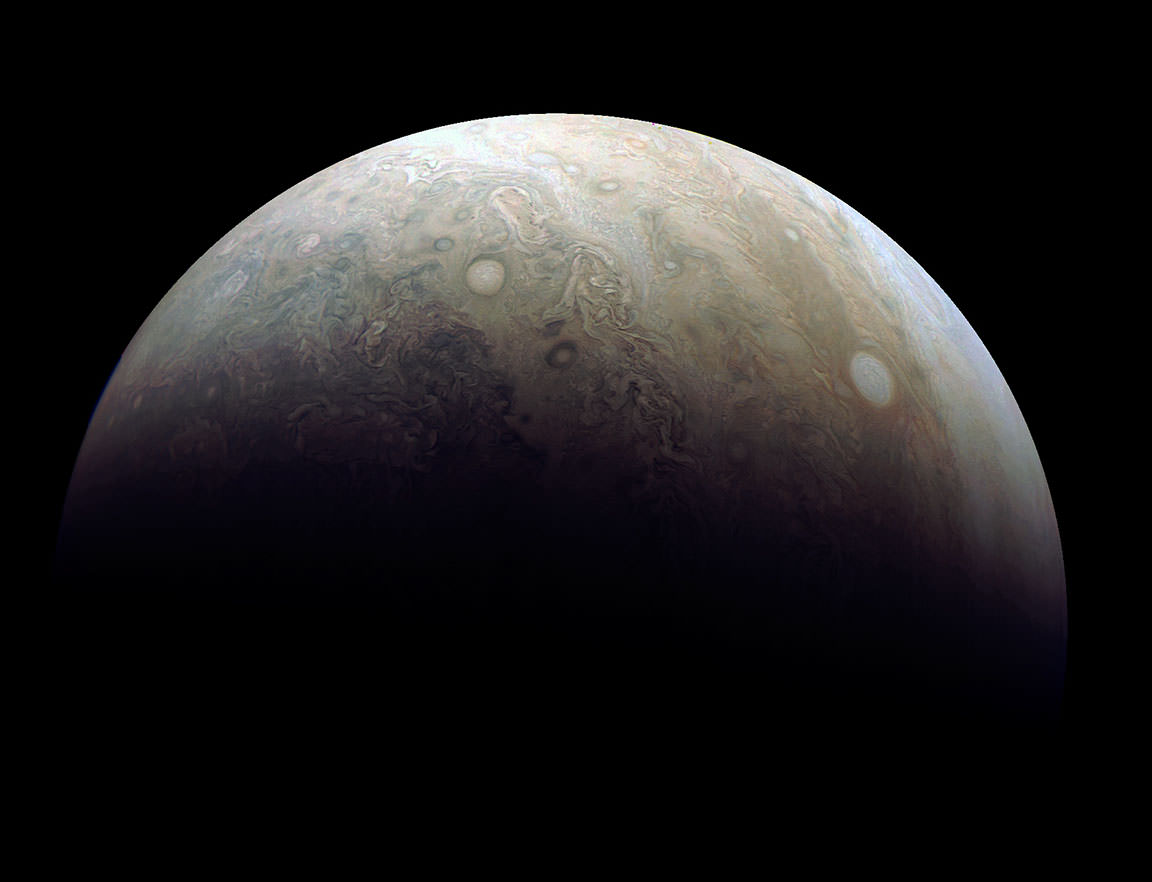The air on Mars would kill a human quickly. The atmosphere is less than 1% of Earth’s, so it would be hard to breath. What you would have available to your lungs would be undesirable to say the least. The air on Mars consists of 95% carbon dioxide, 3% nitrogen, 1.6% argon, and the remainder is trace amounts of oxygen, water vapor, and other gases.
On Earth, oxygen accounts for an average of 21% of the air that we breath. Humans can survive on lower concentrations, but not much lower. Oxygen is spread throughout our bodies by our red blood cells and our bodies thrive. The high concentration of carbon dioxide in the Martian atmosphere would replace oxygen in our red blood cells and the average human would die in less than 3 minutes if left unprotected on the surface. Of course, that assumes that air quality is the only factor considered. The cold and other factors would probably kill someone faster than the poor air quality.
We think of Mars as a dry, dead planet. That is fairly accurate, but at night the planet achieves 100% humidity. During the day it is very dry, here is why. Humidity is the amount of water vapor in the air. It varies daily and depends on the temperature: warm air can hold more water vapor than cold air . Humidity is measured as a percentage of the maximum amount of water that the air can hold at a given temperature. The greater the difference between the two temperatures, the greater the evaporation. When there is a lot of evaporation, the air is drier and the humidity is low. On Mars, the air is saturated (100% humidity) at night, but undersaturated during the day. This is because of the huge temperature difference between day and night.
The air on Mars was much different early in the history of the Solar System. Many scientists believe that the planet was warm and had a thicker atmosphere. Unfortunately, the planet lacked two important ingredients: plate tectonics and a magnetic field. Had those developed, Mars could have developed enough oxygen to support lifeforms similar to those on Earth.
The air on Mars is a major deterrent to human exploration of the planet. Here is a link to a video showing a Russian experiment to overcome this challenge. For now, poor air quality and nearly two years in space will keep humans pondering manned flight to the planet, but who knows what the future will hold.
More information on the Martian atmosphere from David Darling’s Encyclopedia of Science.
Here’s an interesting video, where Russian volunteers test out breathing air on Mars.
Finally, if you’d like to learn more about Mars in general, we have done several podcast episodes about the Red Planet at Astronomy Cast. Episode 52: Mars, and Episode 91: The Search for Water on Mars.
Source: NASA



